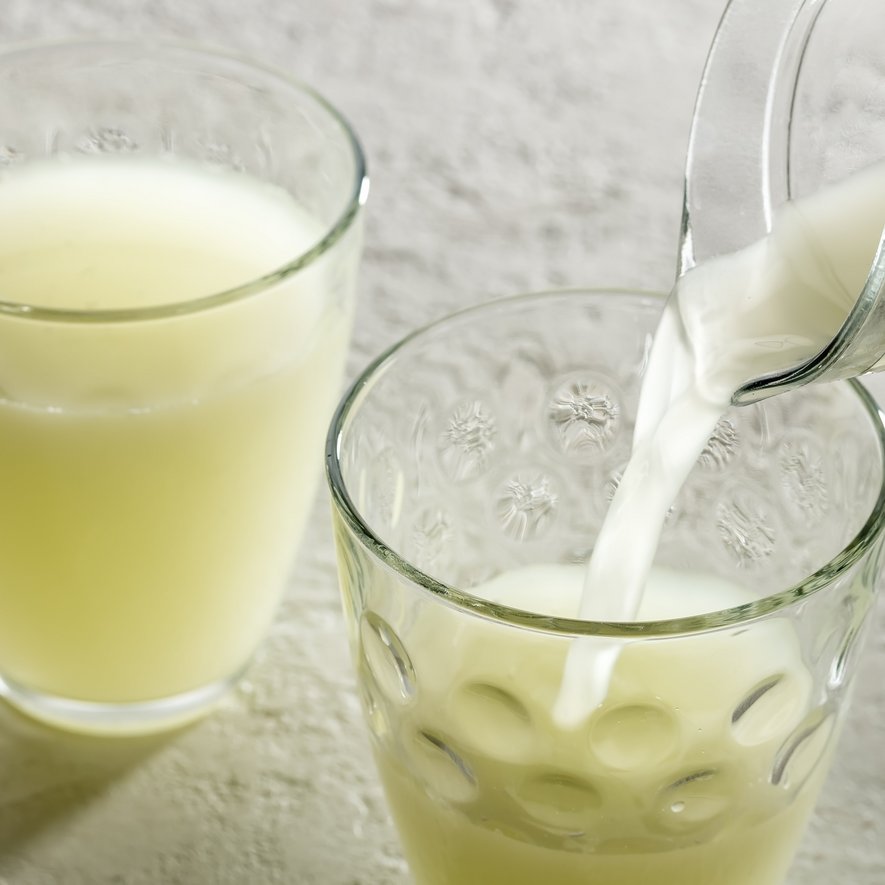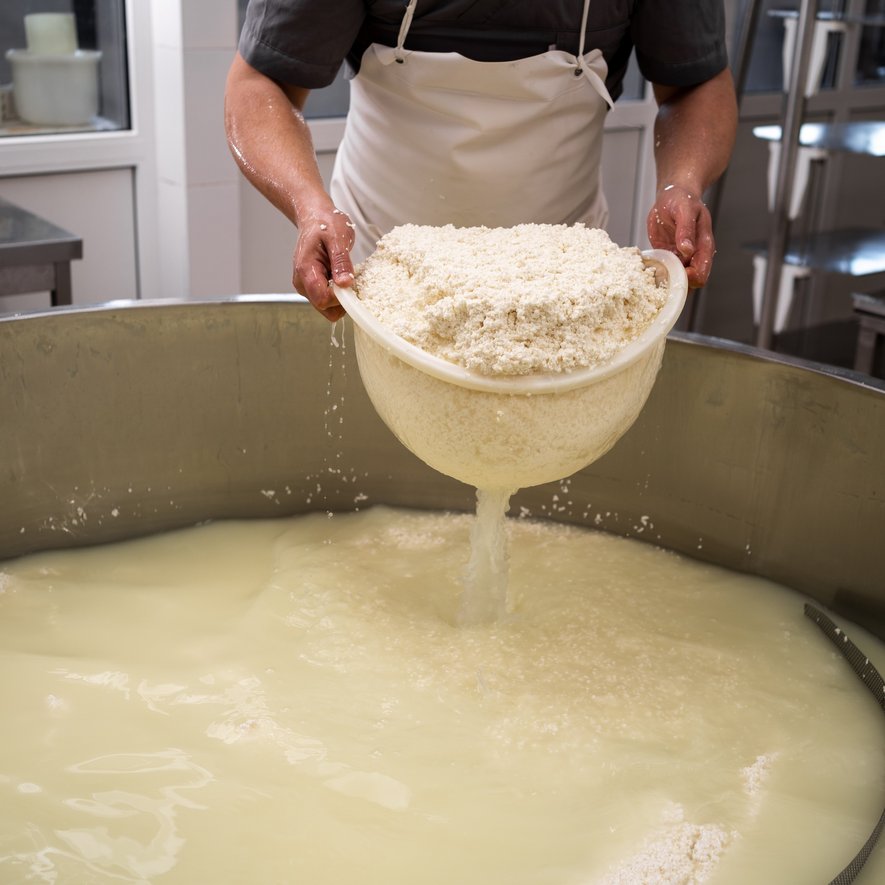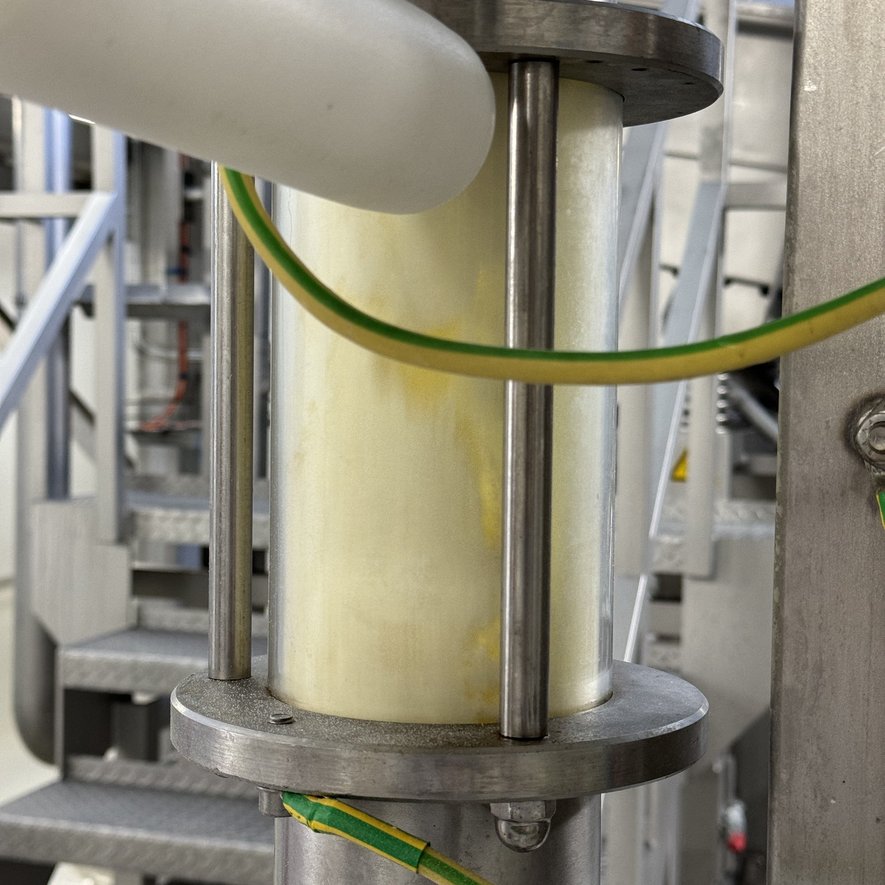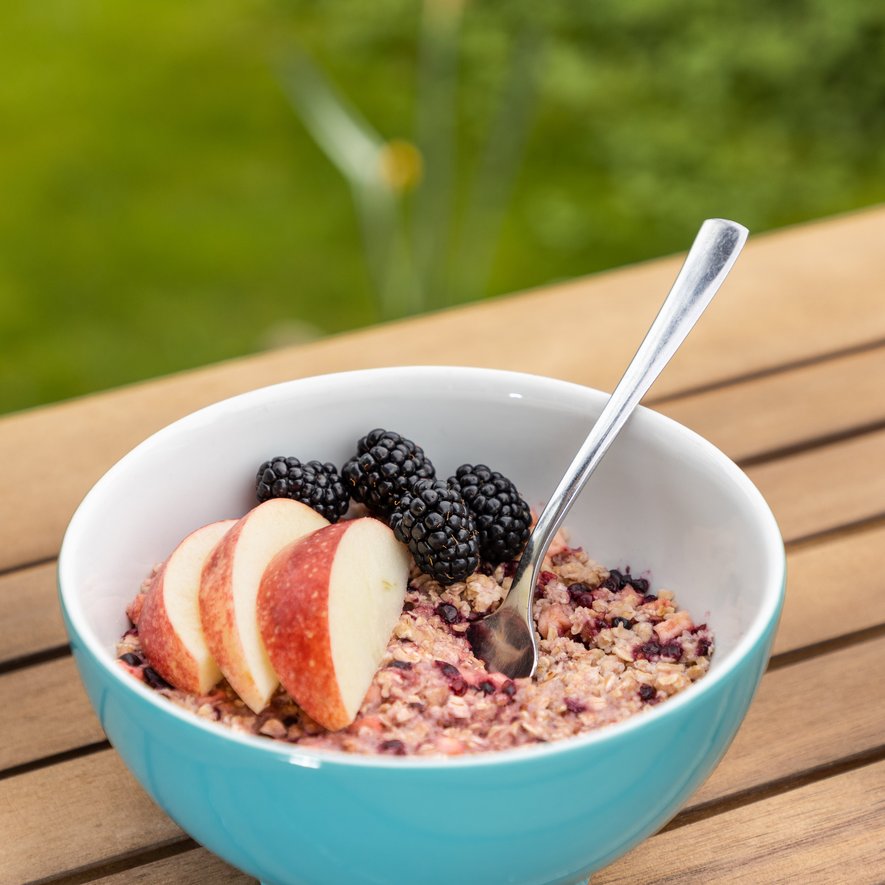Whey is much more than a waste product! This by-product of cheese production is rich in nutrients and vitamins and has enormous potential.

Doris Erne, the founder of Wheycation, recognised this potential and decided to produce her own local sports nutrition from whey. In Switzerland, the land of cheese, this is a fairly simple endeavour: the proportion of whey in the milk at the cheese dairy is 80–90% of the total volume of milk. According to milk statistics, around 1.5 million tons of milk were processed into cheese in 2023. 80–90% of this is equivalent to 1.2–1.35 million tons of whey.
In Switzerland, most of this by-product of cheese production flows into the manufacture of chocolate and baby food. However, due to its excellent nutritional values, whey is actually suitable for an entirely different industry: the sports nutrition industry. This has been recognised by very few companies to date, with the result that many milk protein powders sold in Switzerland are still imported or even produced here with imported whey. For Doris Erne, a sports enthusiast and food researcher, this was incomprehensible.
In her quest to create her own local, sustainable protein powder, Doris Erne gained the support of Hochdorf Swiss Nutrition Solution, the leading provider of milk technology and powder drying. It takes just four steps to turn the whey droplet into a powder and ultimately into Wheycation’s lifestyle products.
In other words, once the cheese has been produced, the journey of the milk is still far from over. We traced this journey and would like to take you with us on the exciting production process of whey protein.

Whey is a by-product of cheese production, when milk coagulates and is separated into solid (cheese) and liquid components (whey). Hochdorf Swiss Nutrition Solution is a major buyer and processes the whey into valuable raw materials for other products at its plant in Sulgen.

The collected whey is first clarified, removing coarse particles or other impurities. In addition, the water – the permeate – is extracted to save energy during transport from the cheese dairy to Sulgen. The water can then be used for cleaning processes in the cheese dairy.

Around 120 tonnes of whey concentrate arrive in Sulgen every day for further processing into whey protein. Following a laboratory analysis, the whey is circulated and concentrated until its protein content finally reaches 80%. This can be achieved by various methods such as evaporation and ultrafiltration. It is now perfectly prepared for the further drying process, which will ultimately turn it into a powder.

The concentrated whey is spray-dried to give it its powder form. In spray-drying, the whey is atomised into fine droplets and dried in a stream of hot air. This process evaporates the water, leaving behind a powder that is rich in proteins. The resulting whey protein powder is then suitably packaged and sealed to protect it from moisture and contamination. It is shipped to the warehouse and prepared for sale.

Doris Erne, who buys this powder in small quantities, enhances her products with natural flavourings and birch sugar. Besides protein powder, she also sells protein porridge in various flavours. Good to see an innovative startup that is helping to combat food waste with clever food upcycling. Her product range can be discovered here.


